CONTROL BASED ON INCOMPLETE DATA
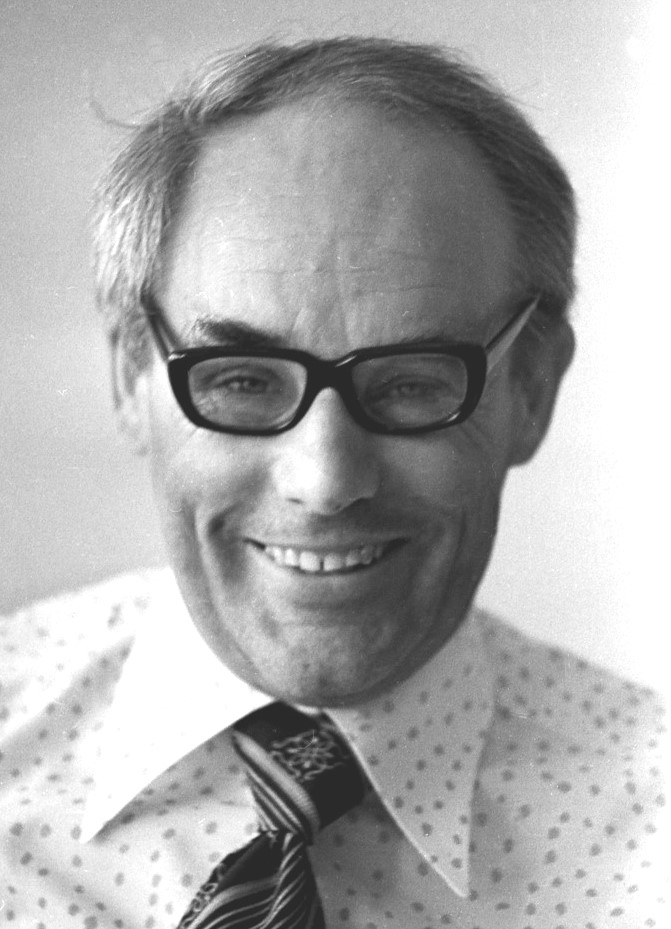 |
|
Alexander M. Petrovsky, Founder and first Head of Laboratory No. 38 |
The Laboratory was established in 1968 by reorganizing an independent research group No. 38 under Dr. Sci. (Eng.), Prof. Alexander M. Petrovsky. He became Head of the Laboratory. The group was created on the initiative of Ya.Z. Tsypkin from two scientific teams representing former employees of Ya.Z. Tsypkin’s and A.A. Feldbaum’s Laboratories. Such an origin for many years determined research areas of the Laboratory and the highest requirements for its scientific level.
The first contributors to Laboratory’s development were A.M. Petrovsky, V.N. Novoseltsev (later Dr. Sci. (Eng.), Prof.), N.A. Kuznetsov (now RAS Academician), and R.Sh. Liptser (later Dr. Sci. (Eng.), Prof., Tel-Aviv University, Israel).
The initial areas of Laboratory’s research were information theory and mathematical modeling, control of observations in stochastic systems, and control of moving objects under incomplete information. Since the mid-1960s, works were conducted to create an artificial heart jointly with the Institute of Cardiovascular Surgery (headed by V.I. Shumakov, Academician of the Russian Academy of Medical Sciences (RAMS)).
In the following years, two scientific teams joined the Laboratory. In 1971, it included the research group of V.N. Vapnik and A.Ya. Chervonenkis from A.Ya. Lerner’s Laboratory; in 1977, the research group of I.A. Lyubinsky from N.V. Pozin’s Laboratory. Their research areas became an integral part of the Laboratory’s activities. In 1993–2017, the Laboratory was headed by Dr. Sci. (Eng.) Evgeny P. Maslov. Currently, the Head is Andrey A. Galyaev, Dr. Sci. (Eng.), RAS Corresponding Member.
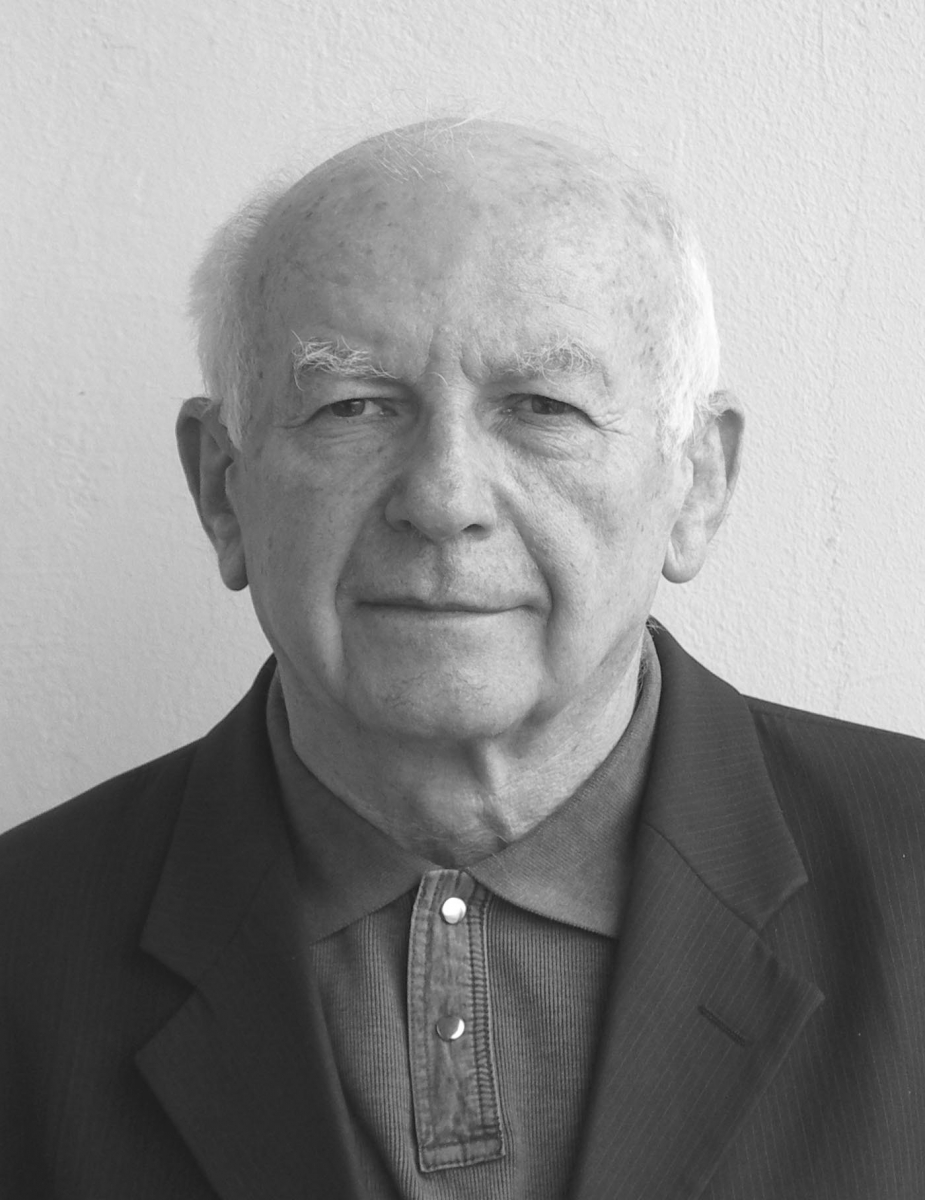 |
|
Evgeny P. Maslov |
Nowadays, the main area of Laboratory’s research is control theory and methods for technical, biological, and social systems operating under incomplete information.
Traditionally, the Laboratory dealt with the control of moving objects. In the 1960s–1970s, the optimal control of observations was studied in the problems of missile guidance with maneuvering targets (A.M. Petrovsky, N.A. Kuznetsov, E.P. Maslov, and E.Ya. Rubinovich, presently Dr. Sci. (Eng.), Prof., and Chief Researcher). In 1980, E.Ya. Rubinovich was awarded the Lenin Komsomol Prize for research works on the control of observations and optimization of the motion of dynamic objects under incomplete information and counteraction.
Further research focused on formalizing and solving counteraction problems for mobile objects under artificially organized incomplete information. Such problems arise in practice when one party involved in the conflict uses electronic countermeasure means to the opponent’s actions. Artificially incomplete information is organized by setting false targets imitating the characteristics of the main object and (or) suppressing surveillance channels.
It was proposed to model the counteraction of moving objects by differential pursuit-evasion games and optimization problems for a group target and differential search games and optimization problems for actively counteracting moving objects (search under conflict).
 |
|
Robert Sh. Liptser |
In the course of studies, the concepts of false and group targets were formalized for control purposes; differential joint and alternate pursuit games with a group target were introduced for the first time and successfully solved (V.K. Olshansky and E.Ya. Rubinovich). As shown, the pursuer’s control vector in differential mutual pursuit games has a specific structure: it contains a control law for the trajectory of a moving object and a rule for choosing the sequence to meet the targets. The choice scheme was mathematically formalized, and differential games with open-loop (E.Ya. Rubinovich) and feedback (E.P. Maslov and E.Ya. Rubinovich) choice rules were solved. Several pursuit laws were compared under completely and partially known phase vectors of the group target, and saddle-point search strategies were found under conflict. This class of problems formed a new section of the theory of conflict-controlled processes.
At present, the Laboratory develops search-guidance-evasion methods for mobile objects in a conflict environment (A.A. Galyaev and E.Ya. Rubinovich). This research area is intensively considered in the world due to the wide application of unmanned vehicles.
The corresponding theoretical results were used to control mobile objects of marine and rocket technology.
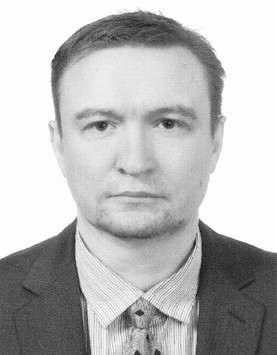 |
|
Andrey A. Galyaev, Head of Laboratory No. 38 |
The second research area, control in complex medical and biological systems, was initiated by A.M. Petrovsky in the mid-1960s.
Within this area, homeostatic systems in humans and animals were analyzed in the 1960s–1970s (V.N. Novoseltsev). Also, a cycle of engineering physiology studies was performed: mathematical modeling of artificial life support systems (artificial heart and artificial pancreas) and protective equipment systems (thermoregulation for divers on the continental shelf).
In the late 1960s, A.M. Petrovsky started research on the mathematical modeling of tumor cell population development. These works were carried out jointly with the Medical Research Radiological Center (RAMS, Obninsk), the Institute of Experimental Chemotherapy of the Russian Cancer Research Center (RAMS, Moscow), and the Emanuel Institute of Biochemical Physics (RAS, Moscow). As a result, adequate mathematical models were created to describe the development of the tumor process without treatment (Cand. Sci. (Eng.) E.L. Orkina), after radiation exposure (RAMS Corresponding Member V.K. Ivanov), and after the introduction of chemotherapy drugs (Cand. Sci. (Biol.) N.A. Babushkina). The developed mathematical approaches yield the dose-effect relationships to calculate the optimal treatment strategy by various criteria. New criteria were formulated to assess the effectiveness of treatment. They consider the effect of drugs on tumor cells and the degree of toxic damage to the patient. The developed mathematical models of the tumor process development are used to study the cancer treatment strategy with new methods based on magnetic controlled nanoparticles with carriers (various antitumor drugs or antigens).
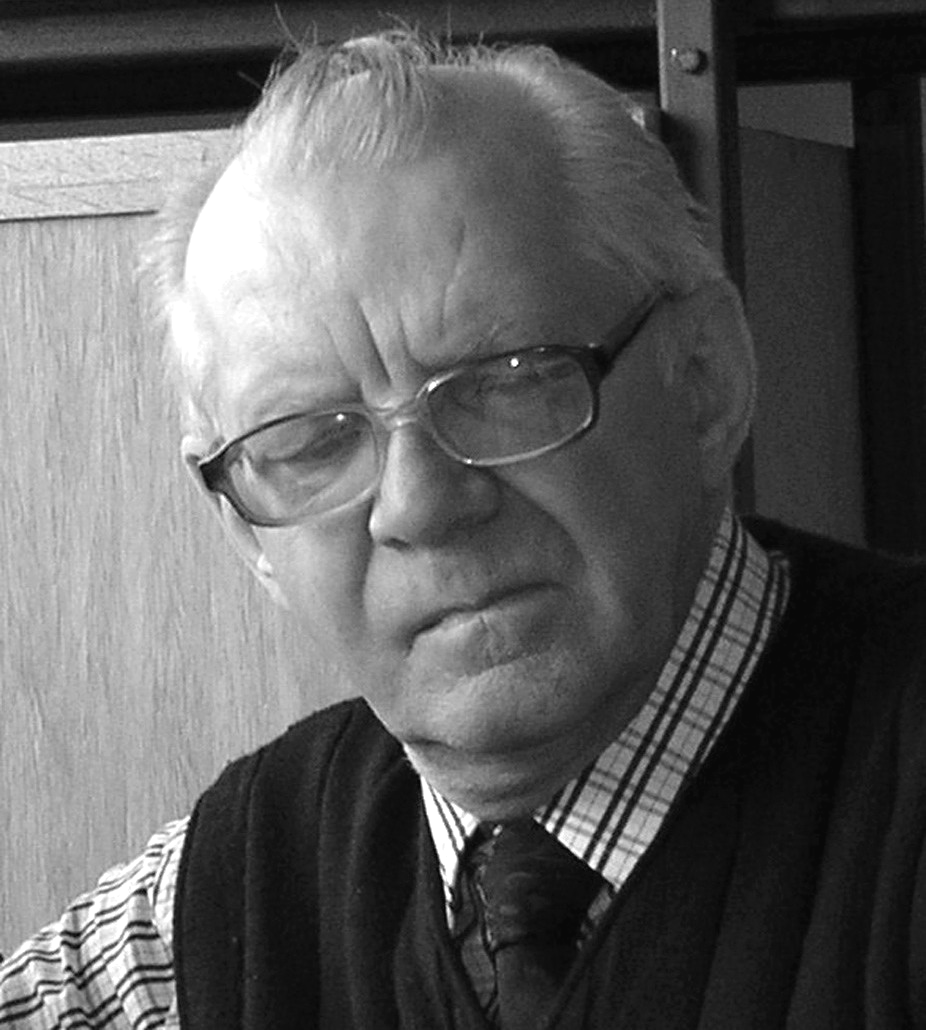 |
|
Vasily N. Novoseltsev |
In the early 1990s, the problem of interdisciplinary modeling of complex medical and biological systems was solved with application to toxicology (the analysis of acute poisoning). The effects of pale grebes, chlorine, ammonia, and polonium 210 on the organism were investigated. In this research area, the main attention was paid to modeling disasters in complex systems, and the death of the organism was considered one of the disasters.
At the turn of the centuries, Dr. Sci. (Phys.–Math.) A.I. Yashin initiated complex studies of aging and mortality mechanisms and processes for various animals and humankind. A group of researchers under V.N. Novoseltsev and A. I. Michalski took up these problems. In 2008, they participated in the work of the public organization “For Increase in Longevity” and prepared a section for the all-Russian program “Science against Aging.” Nowadays, A.I. Michalski leads further examination and modeling of the impact of various factors on the vital functions and viability of complex systems (organisms and populations); in particular, the influence of the reproductive behavior of organisms on their longevity is investigated.
The control approach to longevity analysis yielded new hypotheses about the limits of intraspecific longevity and the reasons for different longevity of males and females. These hypotheses were tested and proposed to biologists.
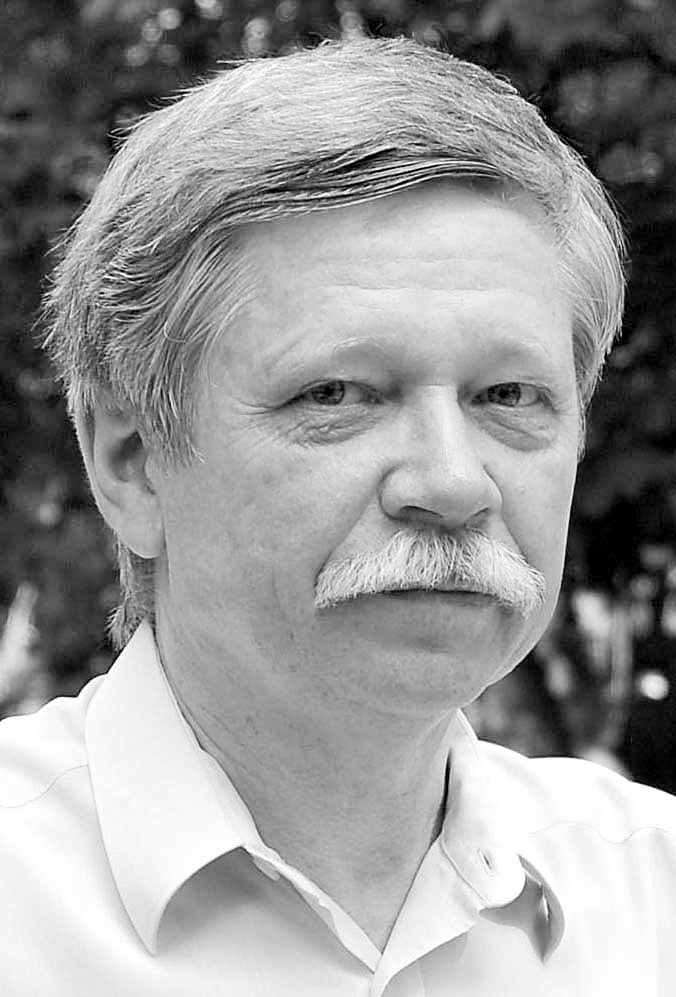 |
|
Anatoly I. Michalski |
The range of healthcare management problems was posed in the 1970s by A.M. Petrovsky and a group of his employees (A.A. Klementiev, I.I. Tolmasskaya, V.K. Olshansky, P.I. Kitsul, and A.I. Yashin). These works caused a wide resonance in the international scientific community and were partially conducted at the International Institute for Applied Systems Analysis (Vienna, Austria) within the Population Project.
The experience in handling healthcare system objects and solving related problems at the population level gradually expanded the circle of Laboratory’s problems to management in weakly formalized systems. This circle includes group health monitoring and the identification of high-risk groups by morbidity and health loss (L.A. Dartau). The Laboratory developed a computer technology and the EDIFAR system (Expert Dialogue for Investigating Factors of Risks) to monitor and assess the medical and social welfare of the population. The system was installed in several Russian regions. Later on, these works led to developing new health management principles: an individual should become an active element of the management system. These principles are presently implemented at the municipal level.
The Laboratory develops analysis methods for the population’s health or, broadly, its state (Dr. Sci. (Biol.) A.I. Michalski). Correct individual forecasting methods based on population observations relate to solving ill-defined inverse problems and non-classical statistics. Such methods form the theory of heterogeneous population analysis (A.I. Michalski and A.I. Yashin). New research areas are the interdisciplinary modeling of life support processes (Zh.A. Novoseltseva), the stochastic modeling of disease dynamics (A.I. Kalinkin), the analysis of ECG signals (V.P. Gorlishchev), and the search for genetic patterns of oncological diseases (V.V. Tsurko and I.V. Petrov).
Modern advances in biology and medicine pose new challenges successfully addressed in the Laboratory. Current research aims at identifying health loss risk factors in old age and analyzing the evolutionarily formed vitality mechanisms of humans and other living organisms. Epidemiological risks and health risks in case of radiation exposure (A.I. Michalski) are assessed with the active participation of leading domestic and foreign research centers: Medical Radiological Scientific Center (Obninsk, Russia) and Heidelberg University (Heidelberg, Germany). The results obtained show the role, necessity, and social significance of early health prevention, the evolutionary optimality of the correlation between the developmental and reproductive phases of living organisms, and the impact of changes in this correlation on longevity.
Contemporary global population trends—rapidly increasing longevity in economically developed countries and the higher share of over-age individuals—are also reflected by Laboratory’s research on the mathematical modeling of processes in populations (V.N. Novoseltsev, Zh.A. Novoseltseva, and A.I. Michalski). Here, mathematical methods are used to study gerontological (aging-related) processes in individual organisms and at the population level. These works are carried out in cooperation with the Max Planck Institute for Demographic Research (Rostock, Germany), Duke University (Durham, the USA), and the University of California (Davis, the USA). The research results were presented in the collective monograph entitled Gerontologiya in silico: stanovlenie novoi distsipliny. Matematicheskie modeli, analiz dannykh i vychislitel’nye eksperimenty (Gerontology in silico: The Emergence of a New Discipline. Mathematical Models, Data Analysis, and Computational Experiments), Marchuk, G.I., Anisimov, V.N., Romanyukha, A.A., and Yashin, A.I., Eds., Moscow: BINOM, Laboratoriya Znanii, 2007.
Related research considers acoustic and speech signals analysis (A.S. Kolokolov) and principles for constructing technical systems to control the physical characteristics of air at artificial environment objects (A.Yu. Meshcheryakov).
A.S. Kolokolov investigates the perception of acoustic signals and develops frequency analysis and processing methods for acoustic signals in the frequency domain that are stable under frequency distortions and background noise. Methods were proposed to process, analyze, and study the acoustic features of speech signals. A method was developed for the non-destructive acoustic diagnosis of gas turbine aircraft engine blades; a corresponding patent was acquired. The acoustic signal analysis methodology was implemented in several projects on aircraft condition diagnosis.
A.Yu. Meshcheryakov obtained new results by considering comprehensively the interaction of heteropolar aeroions in artificial environment objects and their effect on the human organism. New technical means for the artificial generation of negative air aeroions were developed. A corresponding device was implemented and used to create basic habitat control systems for germicidal objects. This device, named IAT-ALMAZ, was demonstrated at exhibitions in Washington, Paris, and Genoa. It is protected by a Russian patent and recommended for practical use by the Committee for New Medical Technology (the Ministry of Health of the Russian Federation). Its industrial samples were implemented at various facilities in Russia and abroad.
After 1971, another research area arose in the Laboratory: a theory and algorithms of machine learning. The range of problems includes pattern recognition, machine diagnosis, the reconstruction of dependencies, and the modeling of complex objects based on empirical (statistical, experimental) data.
The proposed pattern recognition algorithms involve the generalized portrait method developed by V.N. Vapnik and A.Ya. Chervonenkis in 1964–1974. Theoretical studies were based on a fundamental result: the conditions of uniform frequency-to-probability convergence over a class of events (published with proof in 1971). Similar conditions were established for the uniform average-to-mean convergence over a family of random variables. According to the uniform convergence estimates, wider (more complex) classes of decision rules (or models) require a greater amount of training data for an acceptable result. An explicit-form measure of the volume (complexity) of a class was found, and the quality of the solution was estimated depending on the training result, the size of the training sample, and the complexity of the model. The optimal model complexity problem was stated.
A program system implementing the generalized portrait method using structural risk minimization was developed jointly with the All-Union Oncological Center (the USSR Academy of Medical Sciences). This system was used in several medical diagnosis problems and the identification of risk groups.
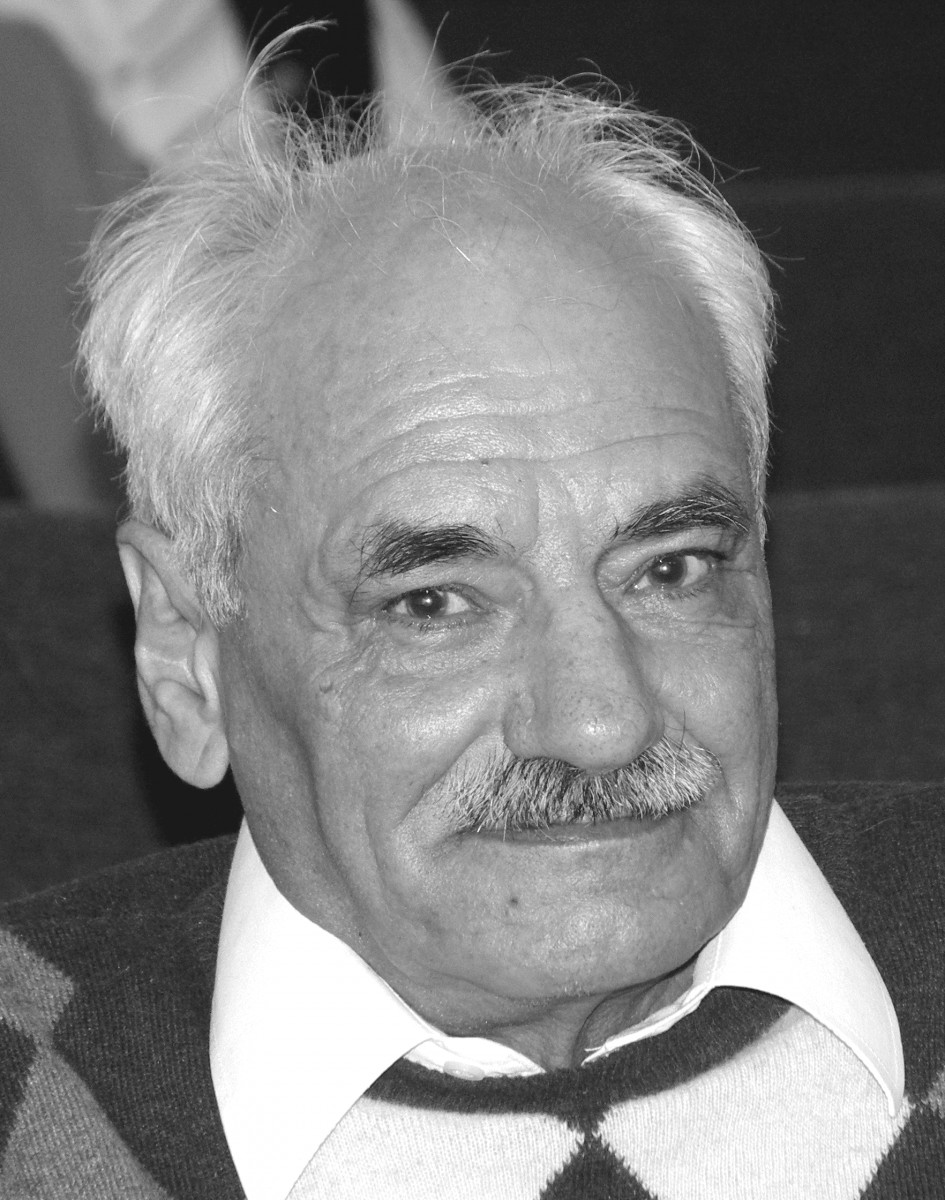 |
|
Alexey Ya. Chervonenkis |
An important applied area of Laboratory’s research was the modeling of large ore deposits based on geological exploration data (A.Yu. Chervonenkis). In 1980–1985, a system was created for optimal automatic ore mapping based on exploration data and grade planning in the course of deposit development. The works were performed jointly with the Institute of Geology of Ore Deposits (the USSR Academy of Sciences) and awarded the USSR State Prize (1987). In 1997–2001, a program system was developed to model large ore deposits based on detailed exploration data (together with INTEGRA). The system calculates deposit reserves as well as plans and optimizes the deposit development schedule. It was used for several deposits in Russia, CIS, and other countries.
Another research area of the Laboratory is the statistical analysis of extreme values (Dr. Sci. (Phys.–Math.) N.M. Markovich). This field of knowledge has been intensively developed since the early 1990s: heavy-tailed distributions are universally recognized as quite realistic models of various phenomena, natural and artificial. (The tails of such distributions decrease at infinity slower than the exponent, and some of their moments do not exist.) An incomplete list includes the following phenomena adequately represented by heavy-tailed distributions: the volumes of files transmitted over the Internet; insurance sums in case of catastrophes; the series of low and high temperatures observed in nature; water levels in rivers during floods; strength of storm winds and waves; concentration of rare minerals; ozone content in the atmosphere. Due to the absence of finite moments (in particular, the second moment), many classical results of probability theory and statistics (e.g., the central limit theorem) become inapplicable. Hence, fundamentally new methods are required without assuming the existence of the second moment. Another inherent property of heavy-tailed distributions is atypical anomalous observations in the sample.
N.M. Markovich developed nonparametric statistical estimation methods to check the heavy tails of data and evaluate their statistical characteristics based on finite-size samples of independent observations. In particular, nonparametric estimates were obtained for the following elements: (a) the densities of heavy-tailed distributions; (b) high quantiles (quantiles close to 100%); (c) the tail index (the basic characteristic of a heavy-tailed distribution reflecting the tail shape); (d) the recovery function; (e) the so-called extreme index. The corresponding algorithms were used to analyze measurements in Internet-like telecommunication systems to optimize their performance in real time. Since 2006, Markovich has been studying time series with heavy-tailed distributions and developing bivariate analysis methods. She applies the research results to control the quality of video and voice communications on the Internet.
Laboratory’s employees collaborate with foreign researchers, participating in the EU TACIS project, the 6th framework program “Design and Engineering of the Next Generation Internet towards Convergent Multi-service Networks”, and ESF-COST IC0703 “Data Traffic Monitoring and Analysis: Theory, Techniques, Tools and Applications for the Future Networks.” The Laboratory cooperates with Otto-Friedrich-Universität Bamberg (Bamberg, Germany), the Norwegian University of Science and Technology (NTNU, Trondheim, Norway), ENSTA Bretagne (Brest, France), the Max Planck Institute for Demographic Research (Rostock, Germany), the Federal Institute for Drugs and Medical Devices (BfArM, Bonn, Germany), and Royal Holloway (the University of London, London, the UK). Besides, the Laboratory cooperates with the University of Illinois (Urbana-Champaign, the USA) and the Institute for Information Transmission Problems RAS (Moscow) on the optimal impulse control of dynamic systems in active singular motion phases.
 |
|
Vladimir S. Pugachev |
In 2019, the Laboratory merged Laboratory No. 21 (Statistical Information Processing). It was established in 1985 as the successor of Laboratory No. 13, well-known in the 1960s–1980s. Laboratory No. 13 was founded and headed by Academician Vladimir S. Pugachev for a long time. The first Head of Laboratory No. 21 was Cand. Sci. (Eng.) Igor I. Paishev, a many-years employee of Laboratory No. 13 and an expert in hydroacoustic detection. The newly organized laboratory focused on creating complex software for multiprocessor computing machines PS-2000 developed in the Institute. The machines solved special hydroacoustics tasks in the online mode. This work was successfully completed by 1992.
In 1993, N.I. Andreev passed away, and the former employees of Laboratory No. 13 joined Laboratory No. 21. The Laboratory’s research profile shifted toward theoretical and practical studies of stochastic system models under uncertainty. The Laboratory gained practical experience in developing such models to describe signal propagation and receipt in radio and sonar complexes (I.I. Paishev and A.V. Dobrovidov) and the processing and compression of optical and radio images (O.S. Agaronyan and A.V. Dobrovidov). In 1993–1996, interesting image compression results with large compression ratios were obtained using the cosine transform and fractal methods.
In 2004, Dr. Sci. (Phys.–Math.) A.V. Dobrovidov was appointed Head of Laboratory No. 21.
 |
|
Alexander V. Dobrovidov |
In contrast to classical methods of statistics and mathematical modeling, Laboratory No. 21 adhered to a more realistic approach with the following assumption: the initial information about the structure of systems, signals, and interference is not completely known, and in some cases, such information is very scarce or simply unavailable. In this case, the main efforts are concentrated on solving design problems so that the quality of the resulting solution would be close to that of the optimal one in the design problem with complete information. Such problems have been called self-learning problems since the 1970s. One approach to solving self-learning problems is the theory of nonparametric signal estimation created in Laboratory No. 21 (A.V. Dobrovidov). This theory yields asymptotically optimal results under incomplete information about useful unobservable signals. In particular, this means that almost optimal filtering, interpolation, and hypothesis testing procedures can be constructed under unknown distributions and state equations of the unobservable useful signal. By assumption, if the signal is unobservable (its realizations are impossible to obtain), its distribution and other statistical characteristics cannot be restored.
The theory of nonparametric signal estimation further developed toward creating stable kernel estimates for the functionals of random sequence distributions. A class of piecewise smooth approximations of substitution estimators was proposed to obtain mean-square convergent stable estimation procedures (A.V. Dobrovidov). A new nonparametric Bayesian detection algorithm was found. In this algorithm, the distribution of the noise hypothesis is assumed to be completely known, and the distribution of the useful signal is unknown. In addition, the a priori class probabilities are also assumed unknown (A.V. Dobrovidov and V.O. Vasiliev).
In practice, observed signals are always finite. Therefore, signal processing under statistical uncertainty leads to the nonparametric estimation of characteristics on bounded carriers. Beta kernel estimates of density derivatives were constructed, and their asymptotic convergence properties were proved. The convergence rate and the optimal blurring parameter of the kernel functions were found. The problem of filtering a useful signal from a noisy mixture was solved for nonlinear observation models. The multiplicative model with nonnegative signals and noise was considered. In contrast to standard filtering problems, the distribution and the equation of the useful signal were supposed unknown (A.V. Dobrovidov).
Volatility is a common parameter estimated in econometric models. Volatility is crucial for effective portfolio selection, derivative pricing, and risk management, among other issues. The main goal is to obtain nonparametric estimates of volatility yielding better results than their parametric counterparts (the Kalman filter and GARCH). At the moment, the corresponding result has been obtained for the stochastic Taylor model both on the model and real data (A.V. Dobrovidov and V.E. Tevosyan).
Another theoretical research area of Laboratory No. 21 was optimal control methods for multidimensional stochastic systems described by vector stochastic Ito equations whose drift and diffusion coefficients depend linearly on the state vector, control signal, and external perturbation. The optimal control problem was reduced to solving a system of nonlinear Riccati-type equations. For this system, the conditions of existence and uniqueness of solutions were established (M.E. Shaikin).
The staff of Laboratory No. 38 has published over 1000 scientific works, including over 20 monographs.
Nowadays, Laboratory No. 38 includes the following employees: 1 Academician of the RAS, 1 Corresponding Member of the RAS, 4 Doctors of Physics and Mathematics, 3 Doctors of Engineering, 1 Doctor of Biology, 7 Candidates of Engineering, 3 Candidates of Physics and Mathematics, and 2 Candidates of Biology.
